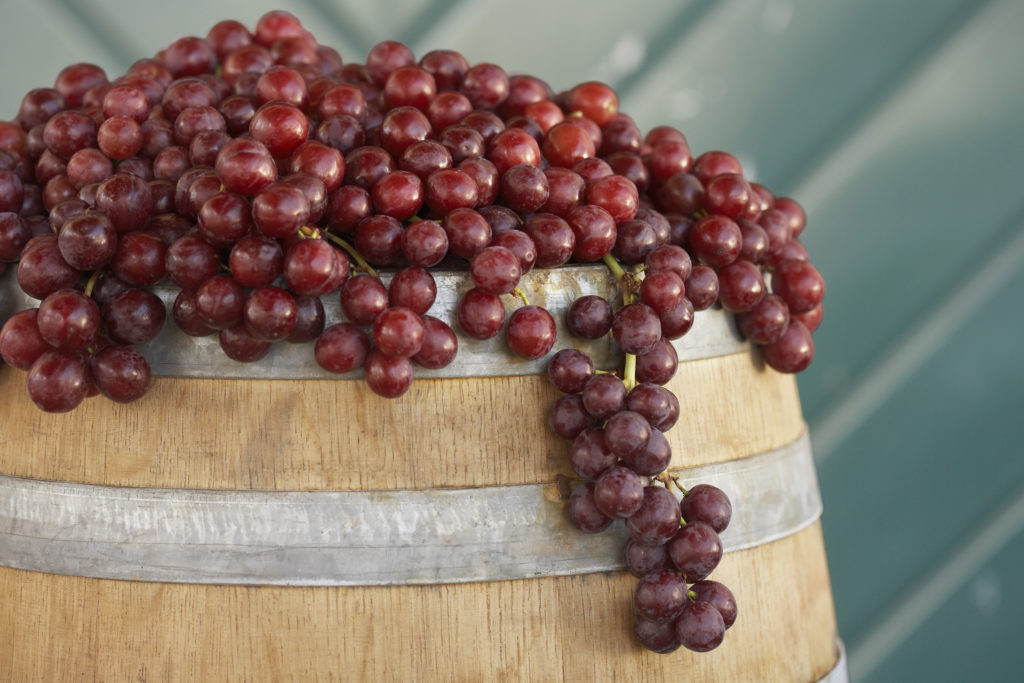
How to Make Homemade Wine
Have you ever entertained the thought of making homemade wine?
If you have, you probably talked yourself out of it because as we all know, it’s a very difficult process and probably involves a lot of expensive equipment. Or does it?
The fact is, you can make your own wine at home with little instruction and investment. While it will take some care and time, homemade wine making is a money saving, delightful hobby. And it all starts with the grapes…
Making the Must
There are many ways you can create the juice (or must) that will be fermented into wine. The easiest of these is to buy a wine making kit which will contain everything you need to make the desired wine. Since you’re here, however, you’re probably not going that route.
The classic way we all think of is pressing the actual fruit that you are using (it doesn’t have to be a grape wine) into juice. You can do this with a juicer machine, by stomping it, or in any way you can think of to get enough juice out of the fruit. You will normally need a large quantity of fruit for this method.
Wine makers can also choose to buy juice or concentrate. There are plenty of wine making or fruit juices available. Concentrates will need to be diluted with water and should have the instructions on the package. Using purified water is safest.
Fermenting The Juice
Once you have the amount of juice that you are making into wine, put it into your bucket or jug. Now that you have your must in the fermentation container, add your wine yeast by sprinkling it on top.
Primary fermentation usually takes one or two weeks. The wine should froth up some and the yeast will multiply and start converting the juice into alcohol. Make sure your fermentation container has some kind of airlock to allow the CO2 out, without letting foreign substances in.
Secondary fermentation will take another 3 or 4 weeks. your wine should start to clear during this stage and can be racked into another container to help it clear. Just make sure to leave the sediment on the bottom alone.
After this time, you can proceed straight to bottling or you can bulk age your wine longer. Aging reds on oak is a common practice and should be done a minimum of 3 months. Racking the wine off of the sediment from time to time will help it clear further.
Bottling
The last step in making homemade wine is to bottle and cork your wine. You can technically drink it as well but for best results, age in the bottle a little longer. Use a bottling bucket to fill each bottle very close to the top of the bottle, leaving room for the cork.
Once all the bottles are corked, store them in a cool, dark place on their sides. Storing wine on its side will keep the cork moist and full and keeps sediment far enough away from the cork end of the bottle to prevent spoilage when pouring.
Wine logic’s horizontal design ensures proper storage and by installing racks inside your cabinets, your wine is protected from light degradation from the darkened conditions. Click here to learn more about Wine Logic then join in the conversation.
